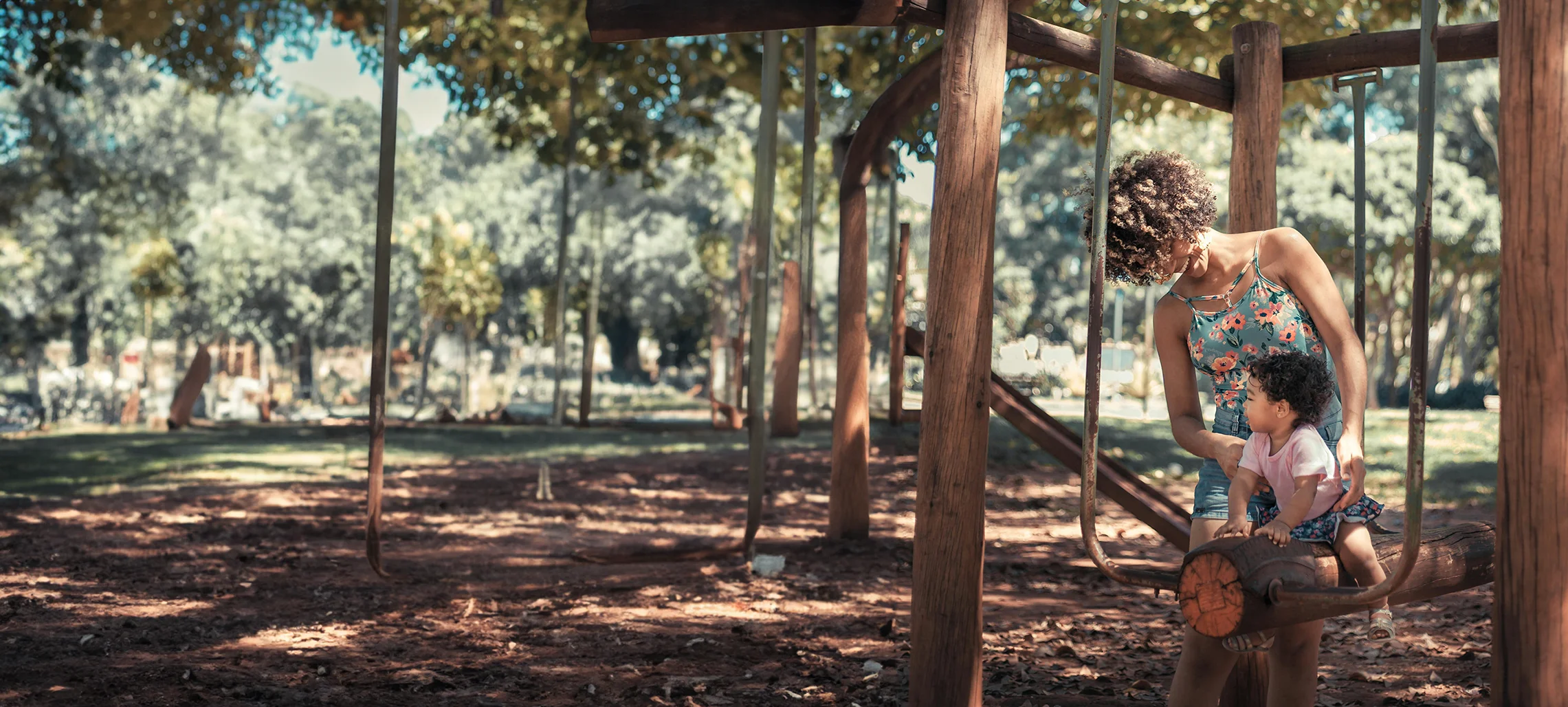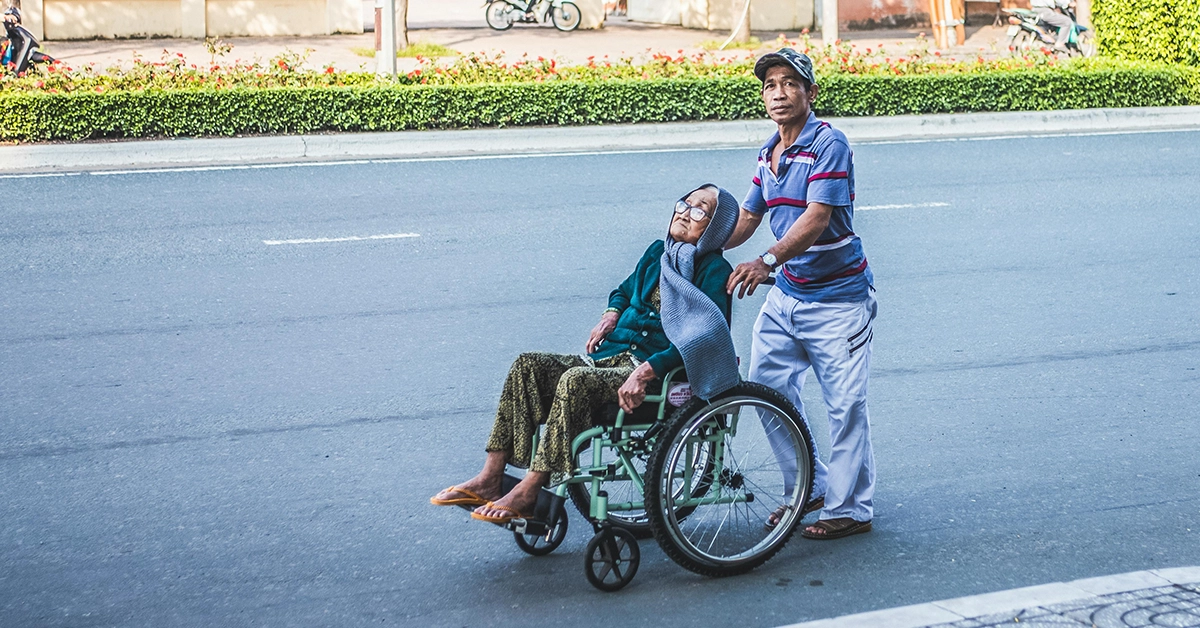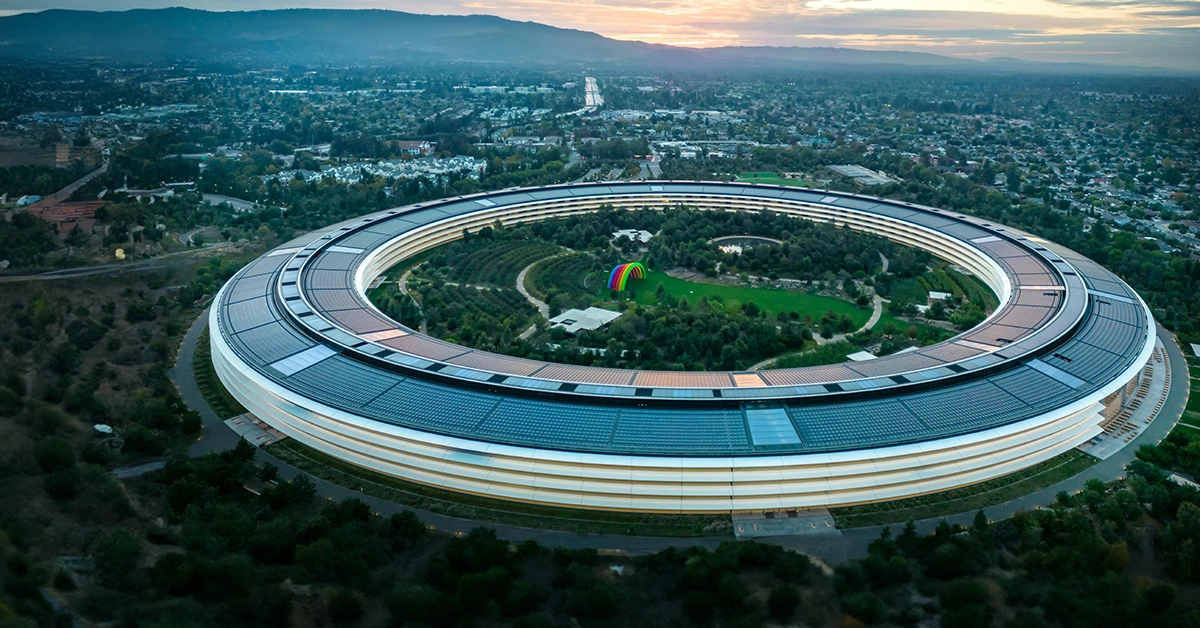Where prosperity and innovation coexist, just not for everyone.
The landscape of the Bay Area is one where prosperity and innovation coexist, just not for everyone. For many residents, the narrative of flourishing cities and technological marvels parallels a very different reality – poverty. Acknowledging the daily experiences of individuals and families means calling out poverty in the Bay Area for what it is, in all its forms so it can truly be addressed. The mission of United Way Bay Area (UWBA) to break the cycle of poverty and dismantle its root causes, is an intricate challenge that will take the unified efforts of every community, organization, and corporation to solve. It also requires us to ask key questions and confront difficult truths, about poverty’s impact on the region we serve.
Who Does Poverty in the Bay Area Impact?
Poverty crosses boundaries, impacting a vast spectrum of individuals across the Bay Area. Families struggling to make ends meet, students facing barriers to career and economic success, and seniors facing the rising costs of living – poverty casts a wide net.
Because UWBA has been fighting poverty across the Bay Area, we are acutely aware of its broad reach. Over the last fiscal year, we’ve served over 765,000 individuals through our programs and grantee partners, which is but a snapshot of the people experiencing the impact of poverty in their lives throughout the region. This impact can be felt concentrated in whole communities or spread out amongst certain residents within other communities. This is why our efforts to uplift those most impacted are not only vital but also strategic. It is how we all can begin to ensure individuals and families, particularly those in under-resourced areas, can access essential support systems that help to mitigate the impact of poverty while also paving the path toward a brighter future.
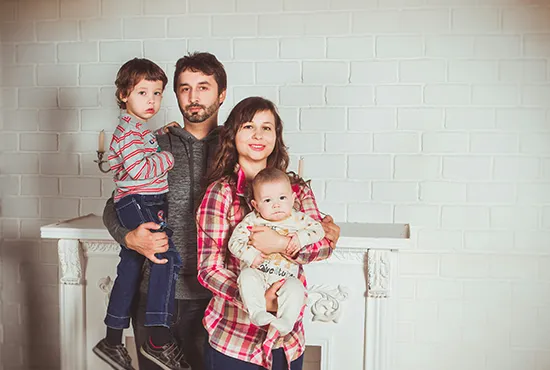
What Does Poverty Look Like in the Bay Area?
Poverty in the Bay Area is multilayered and pervasive, and it may not always show up the way you imagine. Yes, it manifests as inadequate access to safe and stable housing, homelessness, disparities in education and employment, and food insecurity. It also impacts in ways that are less overt, but just as harmful. Having to decide between putting food on the table and making sure children have adequate supplies for school, for example. Nearly half of our Bay Area children under the age of six live in struggling households. Then there’s the constant and compounding stress of being housing-burdened – having to spend at least 30% of income on housing.
It may come as little surprise that while households of all races are struggling, Latinx/Latiné and Black families are experiencing poverty at higher rates (49% and 45% respectively).
What we also see, is these are working families. According to a study put out by United Ways of California, of the households struggling across the state, 97% have at least one working adult. The Real Cost Measure factors the costs of housing, health care, childcare, transportation, and other basic needs that are not captured by the outdated federal poverty measurement to reveal the true cost of a decent standard of living in California. Poverty looks like households that work hard and still are not able to afford basic needs.
Poverty also looks like a policy choice. That is, every one of us and our Bay Area neighbors, every time we go to the ballot box, we make the decision to reinforce the structures and systems that perpetuate poverty or to change them. We don’t have to allow individuals and families to remain in a cycle of poverty, we can choose to do better, and we have in some cases for limited periods of time. As we push to advance housing justice, to expand tax credits and make them a more permanent fixture of our system, to advocate for policies that center equitable access to and distribution of resources, we are deciding to foster resilient communities, where the adverse effects of poverty are minimized, and individuals can thrive.
With every vote, we as a Bay Area community decide the values of the system in which we want to live.
Where Does Poverty Show Up in the Bay Area?
Poverty is not confined to a specific district or neighborhood; rather, it permeates the entire Bay Area. It’s important to acknowledge that poverty’s reach is widespread and certain communities likely experience higher poverty rates due to a lack of affordable housing, insufficient community infrastructure, and minimal working wage jobs. For many, this is exasperated by racism and historical marginalization.
Make no mistake, poverty is not an “over there” problem. An issue, like sky-rocketing rental costs, for instance, may seem specific to one county, but it will likely show up in other counties as families are displaced by the unaffordability. The influx of new residents to more affordable areas drives demand, which is then typically met with – you guessed it – increases in housing cost, and on it goes.
There are, of course, nuances across the region, but broadly that’s just one example of how the Bay Area region is connected in this fight against poverty. It’s also an example that impacts college students attempting to advance their education and career prospects. In many cases, students are forced to live at great distance from the universities they attend due to the lack of quality affordable housing, which means they may spend hours commuting. This also puts them at a disadvantage when it comes to internships, where the time in transit discourages participation.
If we shift from education to employment, a similar scenario plays out. Many Bay Area residents cannot afford to live in or near the parts of the region where they work. The time in transit in this case translates to lost time spent with the family, possibly lost income in toll fares, even the potential for not being on time, and the stigma attached for those relying on public transportation. It can also be the case if public transit is NOT considered to be “reliable transportation,” some Bay Area residents may not have access to certain jobs – they simply won’t be considered, never mind hired.
As an exercise, think about the places you routinely frequent during a day or a week, and the human power it takes to keep those places operational. Now, have you ever considered how many of the people keeping a place of business running reside locally compared to those who cannot afford to do so? Why is that? Why are we okay with saying “You can work in my community, but you cannot live here”?
In addition to breaking the cycle of poverty across the Bay Area, our goal at UWBA is to ensure there are resources available wherever it’s needed most. Through localized efforts and community engagement, we’ve built a network of safety net services that strives to bridge gaps, reduce disparities, and build a stronger, more unified region.
When Does Poverty Show Up in the Bay Area?
Poverty is not a short-term issue; it is a persistent and recurring challenge for many in the Bay Area. It is not limited to certain instances; rather, it’s an ongoing struggle that demands consistent attention and action. A better question we should ask is – when do we notice poverty in the Bay Area? That bears a far more nuanced answer.
For some of us, we notice it when we see homelessness or lines in front of the food pantry, and others when once booming merchant streets are replaced with tent encampments. Still others prefer to not notice at all; spending good money to live in places where they are specifically and purposefully meant to NOT be reminded of the struggles their Bay Area neighbors are facing.
Economic downturns, educational disparities, emergencies, natural disasters – these are all instances when poverty reveals its harsh reality. The housing crisis is another. Certainly, Covid-19 is a prime example. The pandemic exasperated existing inequities through every system in our society including housing and the economy; with impacts that continue to ripple even today.
We did, however, see an increase in philanthropic emergency aid, an expansion of government-funded assistance, and a reduction in childhood poverty. Sadly, these efforts were momentary; many have either rolled back or ceased altogether. It’s no coincidence that child poverty is also on the rise again.
Addressing poverty in all its forms requires continual attention if we are to tip the scale. But this pattern underscores another point – though poverty is constant, giving is not. What we’ve seen broadly, is a Bay Area that comes together in times of great crisis. What we need now, is to consider the size and scope of poverty, and its impact on our region, and to consider poverty itself as a crisis. This type of crisis, like others alongside it, requires immediate remedies as well as long-term solutions.
When we fail to make this connection, funding dwindles, poverty-fighting solutions that we know to be effective like tax credits are discontinued or rolled back, and it is then that we see poverty rates increase.
Why Does Poverty Show Up in the Bay Area?
Poverty in the Bay Area is multilayered and pervasive, and it may not always show up the way you imagine. Yes, it manifests as inadequate access to safe and stable housing, homelessness, disparities in education and employment, and food insecurity. It also impacts in ways that are less overt, but just as harmful. Having to decide between putting food on the table and making sure children have adequate supplies for school, for example. Nearly half of our Bay Area children under the age of six live in struggling households. Then there’s the constant and compounding stress of being housing-burdened – having to spend at least 30% of income on housing.
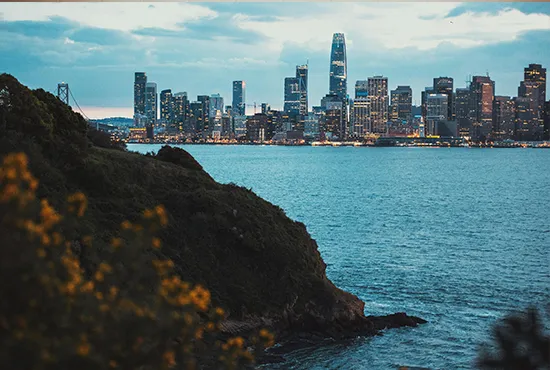
Understanding the root causes of poverty is a pivotal step in effectively addressing this issue, we’ve made it our mission to dismantle those root causes across the Bay Area. We’ve touched on what some of those are already – high living costs, shortages of affordable housing, inequitable access to education and employment opportunities, and income disparities. Beneath those are historically racist systems that not only perpetuate poverty but also ensure its impacts continue to be felt disproportionally among Latiné and Black populations.
We can look regionally to see the impact of these intersecting factors in each of the counties we serve. But we can also see disparities in philanthropic giving can lead to some areas having more access to resources than others regardless of the actual need in those areas. Broadly, there is a cost for underfunding counties in our region, and that translates to less access, less resources, and higher rates of poverty for individuals and families in these areas.
Though the Bay Area’s economic landscape presents significant gaps in access to resources and opportunities, through diligent research, advocacy, and strategic partnerships, we can work to address these issues, challenge the status quo, and create a Bay Area where every individual has the chance to thrive.
We’ve talked about poverty, some of its causes, what it looks like, and how and whom it impacts in our region. We’ve also talked about how the policy choices we make play a major role in changing things for the better or keeping them as they are.
The question we all must then ask ourselves is – what are we going to do about it?
